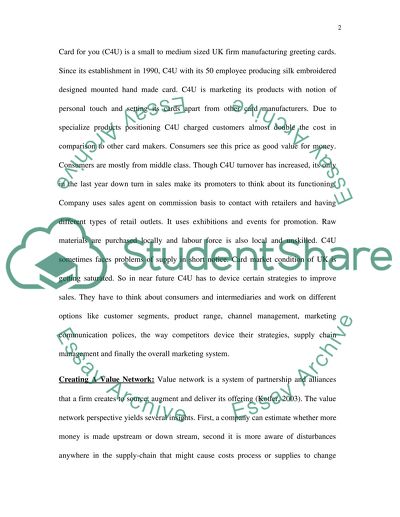Cite this document
(Coach for You - Pros and Cons of the Downstream Channel Relationships Case Study, n.d.)
Coach for You - Pros and Cons of the Downstream Channel Relationships Case Study. Retrieved from https://studentshare.org/marketing/1530617-b2b-marketing-assignment
Coach for You - Pros and Cons of the Downstream Channel Relationships Case Study. Retrieved from https://studentshare.org/marketing/1530617-b2b-marketing-assignment
(Coach for You - Pros and Cons of the Downstream Channel Relationships Case Study)
Coach for You - Pros and Cons of the Downstream Channel Relationships Case Study. https://studentshare.org/marketing/1530617-b2b-marketing-assignment.
Coach for You - Pros and Cons of the Downstream Channel Relationships Case Study. https://studentshare.org/marketing/1530617-b2b-marketing-assignment.
“Coach for You - Pros and Cons of the Downstream Channel Relationships Case Study”, n.d. https://studentshare.org/marketing/1530617-b2b-marketing-assignment.


